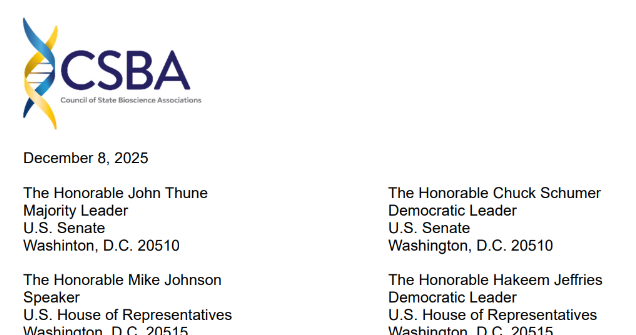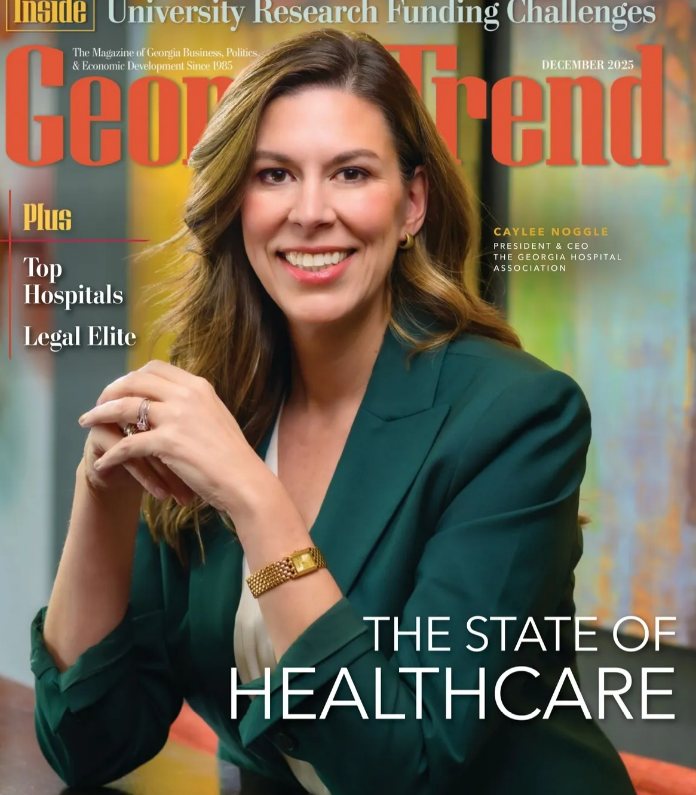Emerging biotechs get bearish to weather market trends, finds BIO report
“Small companies are the lifeblood of the industry and a lot of what they do, and what they’re experiencing, greatly affects the industry as a whole,” said Chad Wessel, Director of Industry Analysis at the Biotechnology Innovation Organization (BIO).
He spoke with Bio.News in an interview about BIO’s 2025 report, “The State of Emerging Biotech Companies: Investment, Deal, and Pipeline Trends,” focused on the biotech industry from the early-stage perspective. As researchers found, the current landscape is challenging, but there are still opportunities.
“In the last couple years, we’ve had a little bit of a contraction of the industry. During COVID, we kind of had this sugar rush for the industry,” said Wessel. “A lot of companies were being created. A lot of money was being thrown out there. A lot more companies were being funded. And in the last couple of years, there has been a little bit more of a correction, and we’re seeing funding levels going down to what we’ve seen prior to COVID.”
“But when you add on other challenges, like the political landscape and everything, it is leaning towards a very challenging environment for a lot of companies,” he continued.
Bearish venture capital
“In venture capital, yes, you have a lot of money, but it’s going to fewer companies at higher average amounts,” explained Wessel. “It’s creating this competitive haves and have-nots type marketplace or environment. So it just makes it a lot more competitive and more challenging to raise funds.”
Instead of finding new opportunities, venture capitalists are investing more in companies they are already working with. As the BIO report found, the amount of new series A-1 investment rounds into biopharma remained flat between 2023 and 2024, while the number of U.S. companies receiving their first series A-1 tranche went from 102 to 100. This is in comparison to 181 in 2021, reflecting the COVID influx to emerging biotechs.
Comparatively, as the BIO report found, the average amount for A-1 transactions in the U.S. saw a remarkable increase of 700% in the last 15 years, with the average amount raised sitting at $60 million in 2024. The rest of the world stayed relatively steady in comparison to the U.S.’s persistent growth.
And with the more bearish tendencies of investors, Wessel and team observed an interesting trend.
“2024 was the first year that clinical programs actually raised more venture dollars than pre-clinical, which hasn’t happened in a while,” said Wessel. “I think the last time that happened was in 2018. This ties into some of the information that we’ve heard anecdotally, which is that a lot of VC firms are focusing on the companies that they currently have in their portfolio, rather than adding new companies.”
Licensing and deals dip
It is not too surprising, then, that as investors shore up what they already have in the pipelines, the R&D pipeline and licensing have slowed somewhat.
As the BIO report observed, long-term growth in the R&D pipeline continues with an overall growth of 145% since 2010. Yet, the 2024 expansion rate (4.6%) subsided slightly, trailing the 5-year average of 6.7%.
“The growth has slowed on new programs, and more of those programs are being licensed with larger companies,” explained Wessel. “There are fewer options for big companies to backfill their pipeline with products because a lot of them are already out.”
The data also shows a notable slowing of the R&D typically done by large biopharma companies.
“The areas that are not licensed out as much are the ones with some of the higher patient populations and subsequently the ones that are not being run by small companies,” said Wessel. “These are areas like endocrine and cardiovascular diseases, which are areas where there are a lot of things like type 2 diabetes, psoriasis, high blood pressure, etc. Those all have a lot of burden on the healthcare sector or the patient population, and those aren’t really being worked on that much by smaller companies.”
Comparatively – and also not surprisingly – oncology has stayed at the top of the clinical pipeline, along with neurology and infectious disease.
“Same thing with licensing,” said Wessel. “While there are deals that are still happening, the upfront amount is lower currently than it has been in years past, and most of the value is tied up into milestone payments, which may or may not happen.”
This is also being felt when it comes to new companies going public, which has been an oft-discussed challenge in the biotech industry for the last few years.
“The IPO market has still been challenging,” Wessel says. “We went from having 40 companies a year going public, down to 15 in 2023, and now we’re back up in 2025, but it’s still down from the pre-COVID era timeframe.”
Biopharma layoffs
Another notable characteristic of this year’s biopharma landscape has been uptick in layoffs.
“Sometimes it’s just the nature of the economy. But the amount that we’ve seen in the last few years is quite a bit higher,” said Wessel. “To counter that, we don’t really have a way of measuring job creation, but we do know it’s happening. We just are unable to put a value on that.”
The BIO report found that layoff announcements ticked up to 65 during Q1 of 2025. While two points lower than Q1 of the previous year, this still marks a jump from 2024’s Q2, Q3, and Q4, which saw the number of layoff announcements at 41, 54, and 46, respectively.
All in all, Wessel noted, the biotech industry is still in a bit of a holding period when it comes to trying to navigate the coming months.
“It’s too early to be able to say much about the coming years for the industry based on these numbers,” he said. “It takes a little time for reality to kind of catch up for multiple reasons. But what I can say is that we do know that companies are reducing their pipelines. We do know that companies are laying off individuals. We do know that companies are having a challenge of raising funds and continue doing their best to try to maintain operations as long as they can until they can get funds.”
“We know the challenge is out there, but we’re going to have to kind of wait and see a little bit on the data side of things to understand how everything is going to catch up going forward.”




